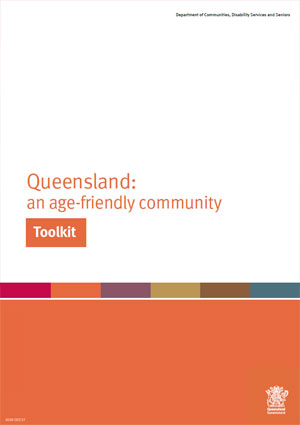Customer journey tool
Customers or clients move through a series of phases when deciding on taking up a new service or product:
- Contemplative: thinking about taking up a service or product
- Awareness: of a service, product, or concept
- Research: becoming more familiar with the service or product
- Procurement: choosing to take up the service or product
- Experience: how it feels once the service has been experienced/bought.
Mapping this journey for potential customers gives organisations a way to understand how their services and products might be experienced and where the opportunities might be for change or improvement.
In our example, we look at a product — community exercise equipment — often provided by local governments as a service to the community.
| Customer | Contemplative | Awareness | Research | Procurement | Experience |
|---|---|---|---|---|---|
|
|
|
|
|
|
You can use our template to map your own customer journey(s) and feed it into your action plan.
Things to think about when doing your customer journey
When we research our example customer — a woman aged 65–70 years — several issues are raised that could be improved through age-friendly considerations.
For example, addressing people's concerns about safety, providing information to local information gatekeepers such as doctors, pharmacies and so on, as well as considering promotion and awareness on digital channels.
Actions: What is the customer doing at each stage? What actions are they taking to move themselves onto the next stage?
"Maureen" is prompted by information online to find out more.
Motivations: Why is the customer motivated to keep going to the next stage? What emotions are they feeling? Why do they care?
The Facebook post encourages Maureen to find out more information because she sees 'herself' in the accompanying image. Maureen is also motivated because she trusts her doctor's advice.
Questions: What are the issues preventing the customer from moving to the next stage?
For Maureen, she questions the safety of the park and talks to her friends. This helps her to move to the next stage.
Barriers: What structural, process, cost, implementation or other barriers stand in the way of moving on to the next stage?
Safety could easily be a barrier to participation but Maureen is proactive. For other customers who are less motivated, this could be an opportunity for change; improving the perception of safety in the park, for example, by programming more structured activities.
Resources available
Printable versions of this resource and many others are available for download in the Queensland: an age-friendly community toolkit.
- Last reviewed
- 4 August 2023
- Last modified
- 4 August 2023
 This work is licensed under a Creative Commons Attribution 4.0 International (CC BY 4.0) licence
This work is licensed under a Creative Commons Attribution 4.0 International (CC BY 4.0) licence


